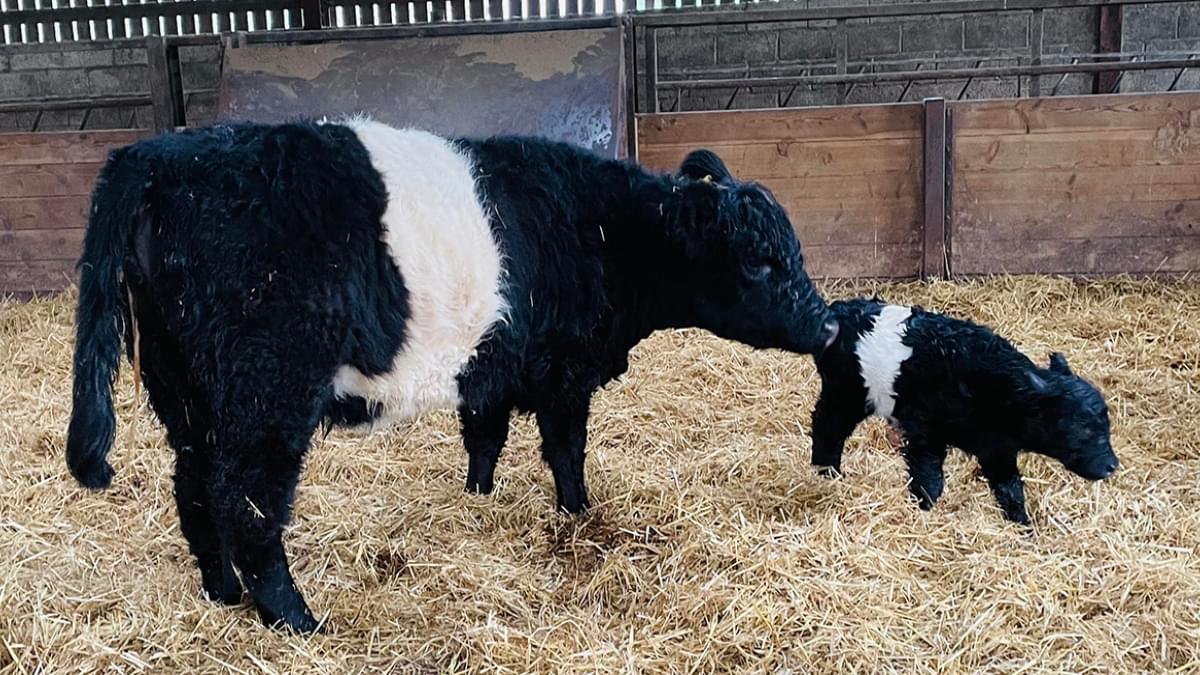
Life cycles live
In this live lesson, we will be investigating life cycles. Join us to find out where lambs and calves come from and the different stages they go through during their lives.
We’ll be taking you to meet some brand-new Belted Galloway calves and if we’re lucky, we may catch a spot of live lambing!
Guidance: this lesson may contain footage of live animal birth and may not be appropriate for all classes.
Learning Outcomes
- Describe the differences in the life cycles of a mammal, an amphibian, an insect and a bird.
- Describe the life process of reproduction in some plants and animals.
- Recognise that living things produce offspring of the same kind, but normally offspring vary and are not identical to their parents.
Preparation
Follow the life cycle of our Science Week chicks on our social media platforms and add them to the life cycle comparison sheet in the 2022 British Science Week pack.
If you have never joined a live lesson before, see the support centre, where you will find technical and educational support.
Live lessons work best when students have some prior knowledge and have prepared questions. Questions and shout outs can be submitted in advance via the Live Lesson tab in your Encounter Edu profile.
Read our ‘How to generate higher order questions’ guide and give the children some time to generate some questions about cows, sheep, calves, lambs, farming, animal welfare etc.
Session outline
1. Introduction (5 mins)
Jennie will open the lesson with an introduction to life cycles live.
2. Subject knowledge (25 mins)
Jennie will then introduce the concepts of life cycles and reproduction and explain today’s activity. She will then welcome Karl, who will talk about how vets can use technology to see if a ewe is pregnant and how many lambs each will have. Karl will show us how he uses an ultrasound scanner to give us an exclusive preview of a lamb before it is born and if a ewe is ready to give birth during the lesson, we will witness it while we are there.
We will then return to Jennie who will introduce Paula and her herd of Belted Galloway cows. Paula will explain where her cows have come from and how the vet knows when a female cow is pregnant. She will then introduce us to her bull and the newest editions to her herd: brand new, fluffy Beltie calves!
During this section, learners will complete the life cycle comparison activity.
3. Q&A and conclusion (15 mins)
Surrounded by their brand new arrivals, Paula and Karl will answer the questions submitted by classes.
Speakers

Jennie Devine
Education Manager, National Farmers' Union

Josh Payne
Chief Education Manager, National Farmers' Union
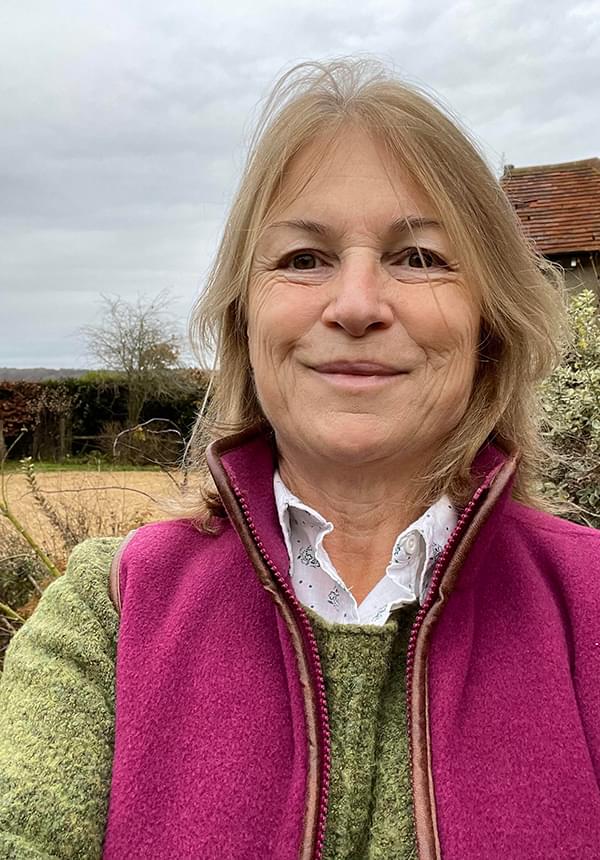
Paula Matthews
Farmer, Manor Farm
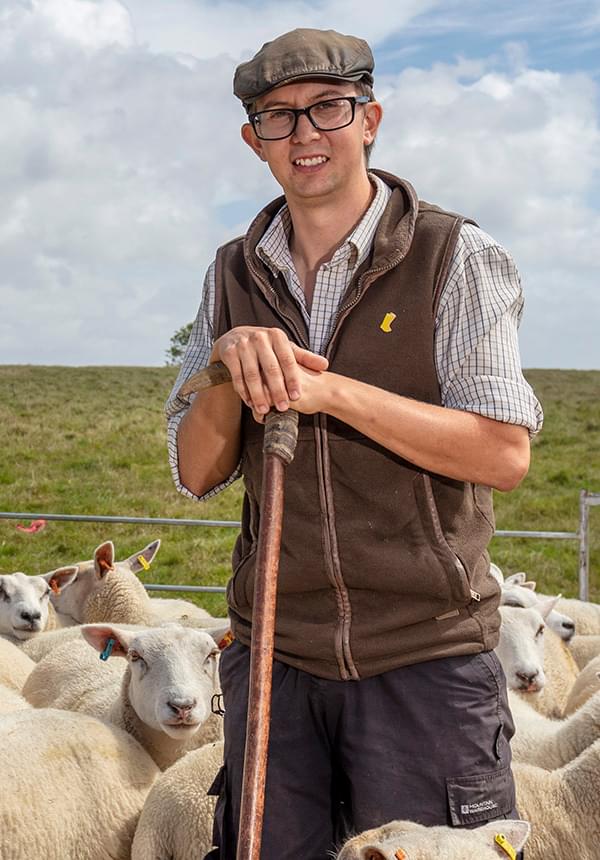
Karl Franklin
NFU Student & Young Farmer ambassador 20/21
Brought to you by

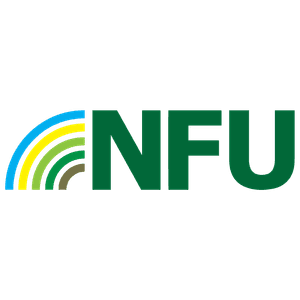
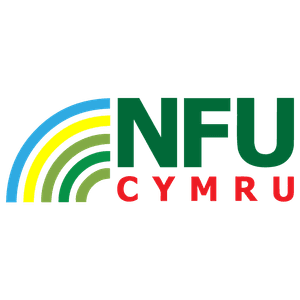
Life cycles live
In this live lesson, we will be investigating life cycles. Join us to find out where lambs and calves come from and the different stages they go through during their lives.
We’ll be taking you to meet some brand-new Belted Galloway calves and if we’re lucky, we may catch a spot of live lambing!
Guidance: this lesson may contain footage of live animal birth and may not be appropriate for all classes.
Learning Outcomes
- Describe the differences in the life cycles of a mammal, an amphibian, an insect and a bird.
- Describe the life process of reproduction in some plants and animals.
- Recognise that living things produce offspring of the same kind, but normally offspring vary and are not identical to their parents.
Preparation
Follow the life cycle of our Science Week chicks on our social media platforms and add them to the life cycle comparison sheet in the 2022 British Science Week pack.
If you have never joined a live lesson before, see the support centre, where you will find technical and educational support.
Live lessons work best when students have some prior knowledge and have prepared questions. Questions and shout outs can be submitted in advance via the Live Lesson tab in your Encounter Edu profile.
Read our ‘How to generate higher order questions’ guide and give the children some time to generate some questions about cows, sheep, calves, lambs, farming, animal welfare etc.
Session outline
1. Introduction (5 mins)
Jennie will open the lesson with an introduction to life cycles live.
2. Subject knowledge (25 mins)
Jennie will then introduce the concepts of life cycles and reproduction and explain today’s activity. She will then welcome Karl, who will talk about how vets can use technology to see if a ewe is pregnant and how many lambs each will have. Karl will show us how he uses an ultrasound scanner to give us an exclusive preview of a lamb before it is born and if a ewe is ready to give birth during the lesson, we will witness it while we are there.
We will then return to Jennie who will introduce Paula and her herd of Belted Galloway cows. Paula will explain where her cows have come from and how the vet knows when a female cow is pregnant. She will then introduce us to her bull and the newest editions to her herd: brand new, fluffy Beltie calves!
During this section, learners will complete the life cycle comparison activity.
3. Q&A and conclusion (15 mins)
Surrounded by their brand new arrivals, Paula and Karl will answer the questions submitted by classes.
Speakers

Jennie Devine
Education Manager, National Farmers' Union

Josh Payne
Chief Education Manager, National Farmers' Union

Paula Matthews
Farmer, Manor Farm

Karl Franklin
NFU Student & Young Farmer ambassador 20/21
Brought to you by



